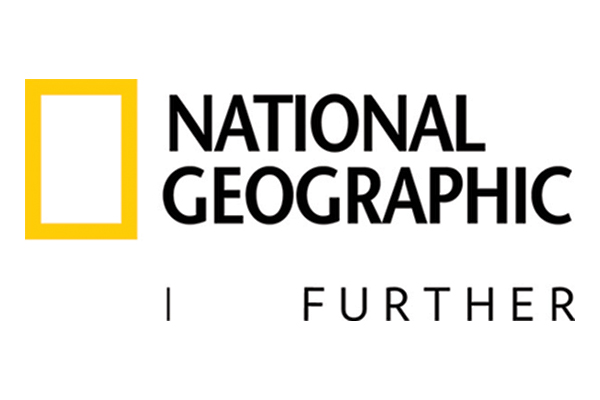
UPDATE, July 8, 2017: Four bone-sniffing dogs that were brought to this remote Pacific island to search for traces of Amelia Earhart have identified a spot where the pioneering aviator may have died 80 years ago. Read more about what this discovery means HERE.
UPDATE, June 30, 2017: Forensic dogs and team have landed on the island believed to be where Amelia Earhart’s plane went down. Find out more about why this island is at the center of the search for Earhart HERE.
UPDATE, June 21, 2017: Read part one of the exclusive story HERE.
July 2, 2017 marks the 80th anniversary of the disappearance of American aviation pioneer Amelia Earhart and navigator Fred Noonan. Since their disappearance nearly 80 years ago, no one has been able to find them, despite numerous attempts.
This week, National Geographic Society’s Archaeologist-in- Residence, Fred Hiebert, along with the International Group for Historic Aircraft Recovery (TIGHAR), will embark on a mission to solve the mystery of what happened to Amelia Earhart. The team sets sail from Fiji on June 24.
They’ll be using a team of human remains detection dogs from the Institute for Canine Forensics (ICF) to test what they call the Nikumaroro hypothesis—that Earhart and Noonan landed on the uninhabited Nikumaroro Island when they were aiming for tiny Howland Island just north of the equator. The team has devoted the last three decades to testing this theory that was developed after 13 bones were discovered on Nikumaroro Island in 1940. The remains were then shipped to Fiji, measured—and subsequently lost. The goal of the expedition is to locate the estimated 193 bones that remain unaccounted for on the island.
Hiebert and the team may be as close as ever to solving this mystery because the team of dogs they’re working with from ICF . The group of four forensic canines have nosed out burial sites as deep as nine feet and as old as 1,500 years. “No other technology is more sophisticated than the dogs,” says Hiebert, who is sponsoring the canines. “They have a higher rate of success identifying things than ground-penetrating radar.”
If the expedition is successful, it will be the discovery of a lifetime.
Fredrik Hiebert , National Geographic Society’s Archaeologist-in-Residence, is available for interviews.
Media Contacts
Kelsey Taylor
National Geographic Partners
kelsey.taylor@natgeo.com
202-912-6776
Farley Fitzgerald
National Geographic Society
ffitzgerald@ngs.org
202-807-3132